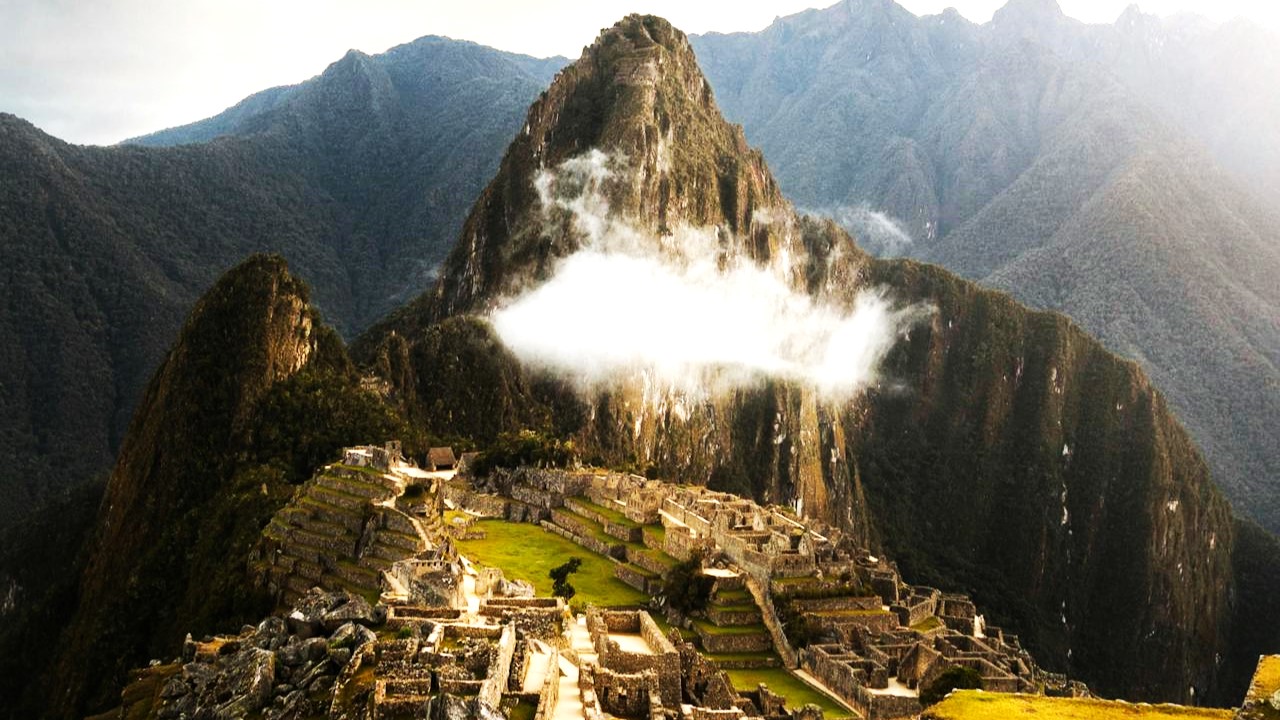Hiking the Inca Trail in Peru is an adventure that combines breathtaking natural beauty with a deep dive into ancient history. The trail, which leads to the famous Machu Picchu, is not just a path but a journey through time, revealing mysteries and stories of an ancient civilization. In this article, we will explore the various aspects of hiking the Inca Trail, highlighting the historical significance, the natural splendor, and the practical considerations to keep in mind for this once-in-a-lifetime experience.
The Historical Significance of the Inca Trail
The Inca Trail is more than just a hiking path; it’s a historic route that was used by the Inca civilization, which thrived in South America from the 13th to the 16th century. This trail was part of a vast network of roads and paths that stretched across the Inca Empire, known as the Qhapaq Ñan, which connected various Inca settlements, religious sites, and administrative centers.
As hikers traverse the trail, they encounter numerous archaeological sites. These include Runkurakay, an Incan tambo or resting place, and Sayacmarca, known as the ‘Inaccessible Town’, which provides insights into the architectural genius of the Incas. The trail culminates at Machu Picchu, the iconic ‘Lost City of the Incas’, which was rediscovered by Hiram Bingham in 1911. This UNESCO World Heritage site offers an unparalleled glimpse into the life, culture, and engineering prowess of the Inca civilization.
Embracing the Natural Splendor
The Inca Trail offers a rich tapestry of natural beauty. The path winds through diverse environments, from cloud forests and alpine tundras to subtropical jungles. This variety in ecosystems means hikers can witness a wide range of flora and fauna, some of which are endemic to the region.
One of the highlights of the trail is the majestic view of the Andes Mountains, which provides a stunning backdrop throughout the journey. The changing landscapes, coupled with the region’s unique biodiversity, make the Inca Trail a paradise for nature lovers and photographers alike.
Preparing for the Journey
Hiking the Inca Trail is a challenging endeavor that requires careful preparation. The trail spans approximately 26 miles (42 kilometers) and involves steep ascents and descents. Altitude sickness is a common issue due to the high elevations, which reach over 13,000 feet (4,000 meters) at some points.
To prepare for the hike, it’s recommended to spend a few days acclimatizing in Cusco or a similar high-altitude location. Physical preparation is also crucial, as the trail demands a good level of fitness. Training for the hike should include cardio exercises, strength training, and practice hikes if possible.
Navigating Regulations and Logistics
The Peruvian government regulates access to the Inca Trail to preserve its natural and historical integrity. Only a limited number of permits are issued each day, and these can sell out months in advance, especially during the peak season from May to September. It’s essential to plan ahead and book your permit through a licensed tour operator.
Most hikers opt for guided tours, which include porters, guides, and cooks. These tours not only provide logistical support but also offer valuable insights into the history and culture of the sites along the trail.
Respecting Local Culture and Environment
While hiking the Inca Trail, it’s important to respect the local culture and environment. The trail is a sacred site for the indigenous Quechua people, descendants of the Incas. Engaging with local guides and communities enriches the hiking experience and supports the local economy.
Environmental conservation is also crucial. Hikers should follow the principles of Leave No Trace, ensuring they do not damage the natural and historical sites along the trail. This includes proper disposal of waste, staying on marked paths, and not removing any artifacts or natural objects.
The Rewarding Experience
Reaching Machu Picchu after days of hiking is an incredibly rewarding experience. The first glimpse of the ancient city through the Sun Gate at sunrise is a moment that stays with hikers forever. It’s not just the physical accomplishment but the deep connection to history and nature that makes hiking the Inca Trail a transformative experience.
A Journey Through Time
In conclusion, hiking the Inca Trail is more than just a physical challenge; it’s a journey through the depths of ancient history and the wonders of nature. It offers a unique opportunity to step back in time and walk in the footsteps of the Incas, all while surrounded by some of the most stunning landscapes on the planet. For those willing to undertake this journey, the Inca Trail promises an adventure filled with awe, inspiration, and a deeper understanding of the rich cultural heritage of Peru.




